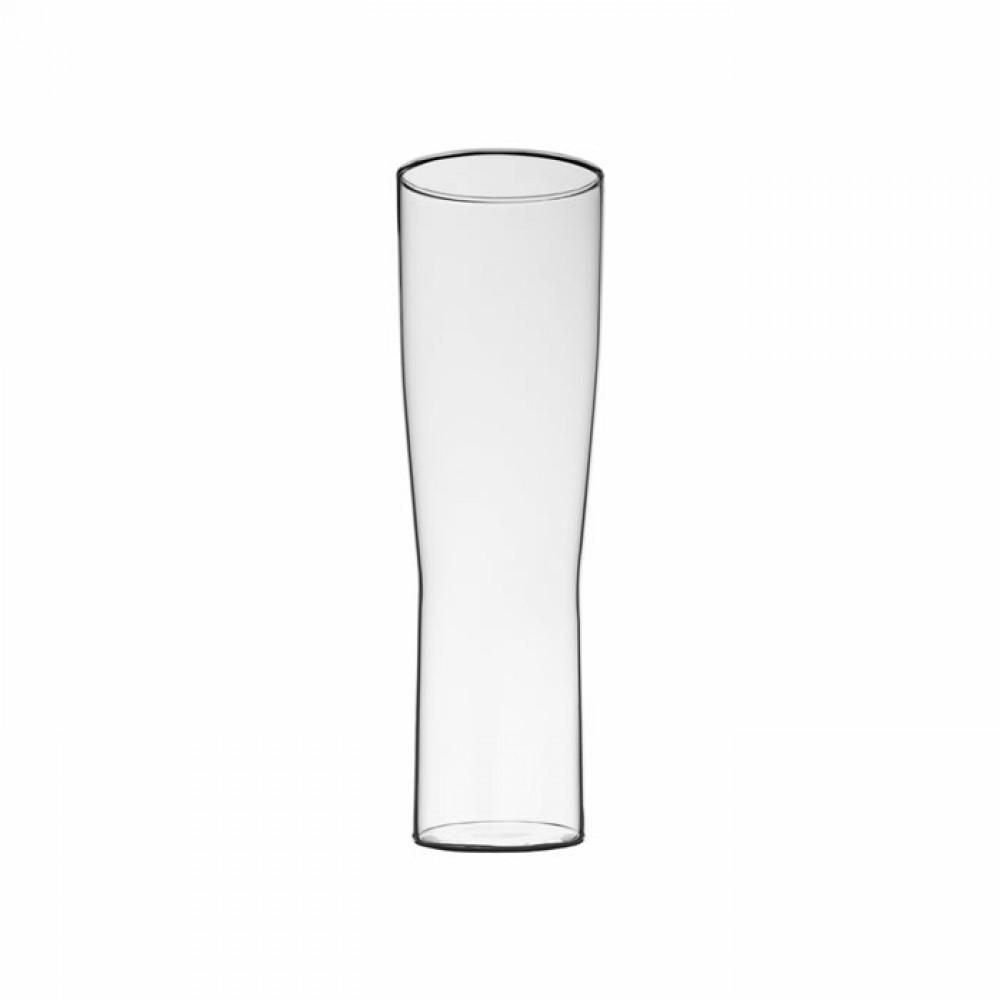glass
Glass is a non-crystalline amorphous solid that is often transparent and has widespread practical, technological, and decorative usage.
Scientifically, the term "glass" is often defined in a broader sense, encompassing every solid that possesses a non-crystalline (that is, amorphous) structure at the atomic scale and that exhibits a glass transition when heated towards the liquid state.
The history of glassmaking can be traced back to 3500 BC in Mesopotamia. Archaeological evidence suggests that the first true glass was made in coastal north Syria, Mesopotamia or ancient Egypt.
studio wieki somers - "still waters"
For the 2016 collection, Thomas Eyck collaborated with Studio Wieki Somers and commissioned them to design a series of objects centred on the theme of “water”. Wieki Somers and Dylan van den Berg went on to create “Still Waters”, a series of five glass vases which each form a poetic representation of a stage in the water cycle. The vases also embody a topical theme and refer in a subtle way to man's ambiguous relationship with nature, and the impact of this relationship. By combining the material properties of the crystal, borosilicate glass and flat glass with production techniques such as blowing, casting, sealing, grinding, fusing, sandblasting and slumping, Studio Wieki Somers pushed the craftsmen to the limit of their capabilities, and the results were astounding. The team collaborated with a total of three manufacturers (Van Tetterode Glas Amsterdam, Royal Leerdam Crystal and Pierre Glas Vilvoorde), each with their own specialisation. They made a point of keeping the water footprint as small as possible during the production process.
aldo bakker – glassware
Aldo Bakker’s glassware is characterised by a great refinement, each part of the design is in harmony with the whole design. Form, size, material, weight and the touch of the material are all essential in the use and perception of Aldo Bakker’s glassware.
Thomas Eyck’s collection involves a carafe with a glass, stacked glasses, and two glass services, which can be easily combined with one another. A collection of glassware on the table will give the impression of a silent composition. The glass is made of borosilicate, also known as technical or laboratory glass. It is blown from a cylindrical tube which is fixed to a special lathe and subjected locally to heat. Only with this method, is it possible to control precisely the overall thickness and quality of the glass.
please click on the images below for more information about prices, sizes and delivery time
